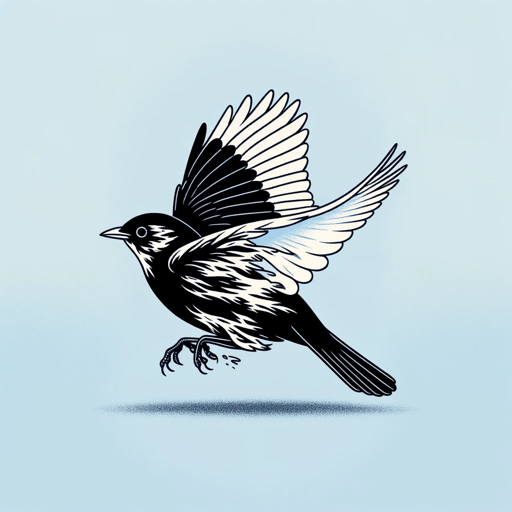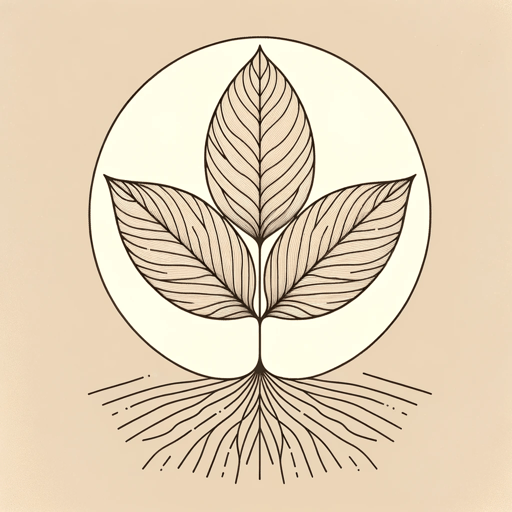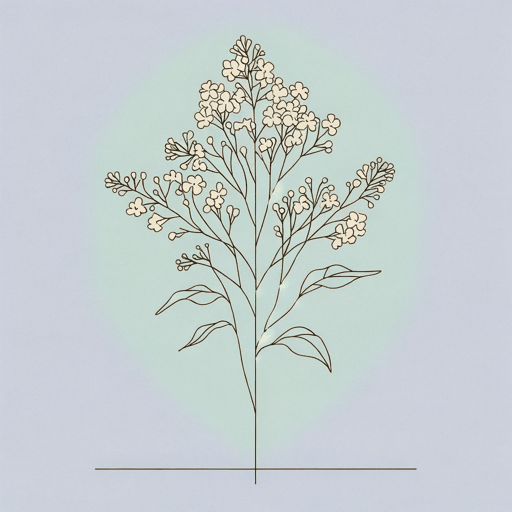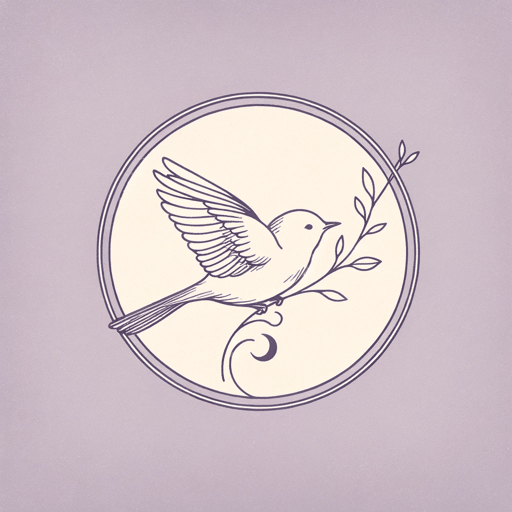50 pages • 1 hour read
Alice HoffmanThe Marriage Of Opposites
Fiction | Novel | Adult | Published in 2015A modern alternative to SparkNotes and CliffsNotes, SuperSummary offers high-quality Study Guides with detailed chapter summaries and analysis of major themes, characters, and more.
Symbols & Motifs
Colors
Hoffman uses colors throughout the novel to vividly describe the lush island landscape, as well as to symbolize emotion. In particular, blue often represents grief, and green represents bitterness. Often, blue is associated with Jestine, whose life is defined by loss, while green is associated with Rachel, whose life is defined by resentment. Just as St. Thomas is literally awash in a combination of these colors—“a small speck of land, little more than thirty square miles set in the blue-green sea” (3)—so too are Rachel and Jestine figuratively swimming in colors, isolated by their feelings of grief and bitterness.
Green is first connected to the Pomié family apple tree and its bitter fruit. The apple tree, which could produce delicious sweet fruit in a cool climate, instead produces inedible green apples in the St. Thomas heat. The apple tree symbolizes Rachel, who resents being trapped on the island. Rachel herself points out this color symbolism after a disagreement with her mother: “I didn’t understand that when I closed myself to her, I took a part of her bitterness inside me. It was green and unforgiving, and as it grew it made me more like her” (7).
Related Titles
By Alice Hoffman

Blackbird House
Alice Hoffman

Green Angel
Alice Hoffman

Half Magic
Edward Eager, N. M. Bodecker, Alice Hoffman

Incantation
Alice Hoffman

Local Girls
Alice Hoffman

Nightbird
Alice Hoffman

Practical Magic
Alice Hoffman

The Dovekeepers
Alice Hoffman

The Museum of Extraordinary Things
Alice Hoffman

The River King
Alice Hoffman

The Rules of Magic
Alice Hoffman

The World That We Knew
Alice Hoffman

